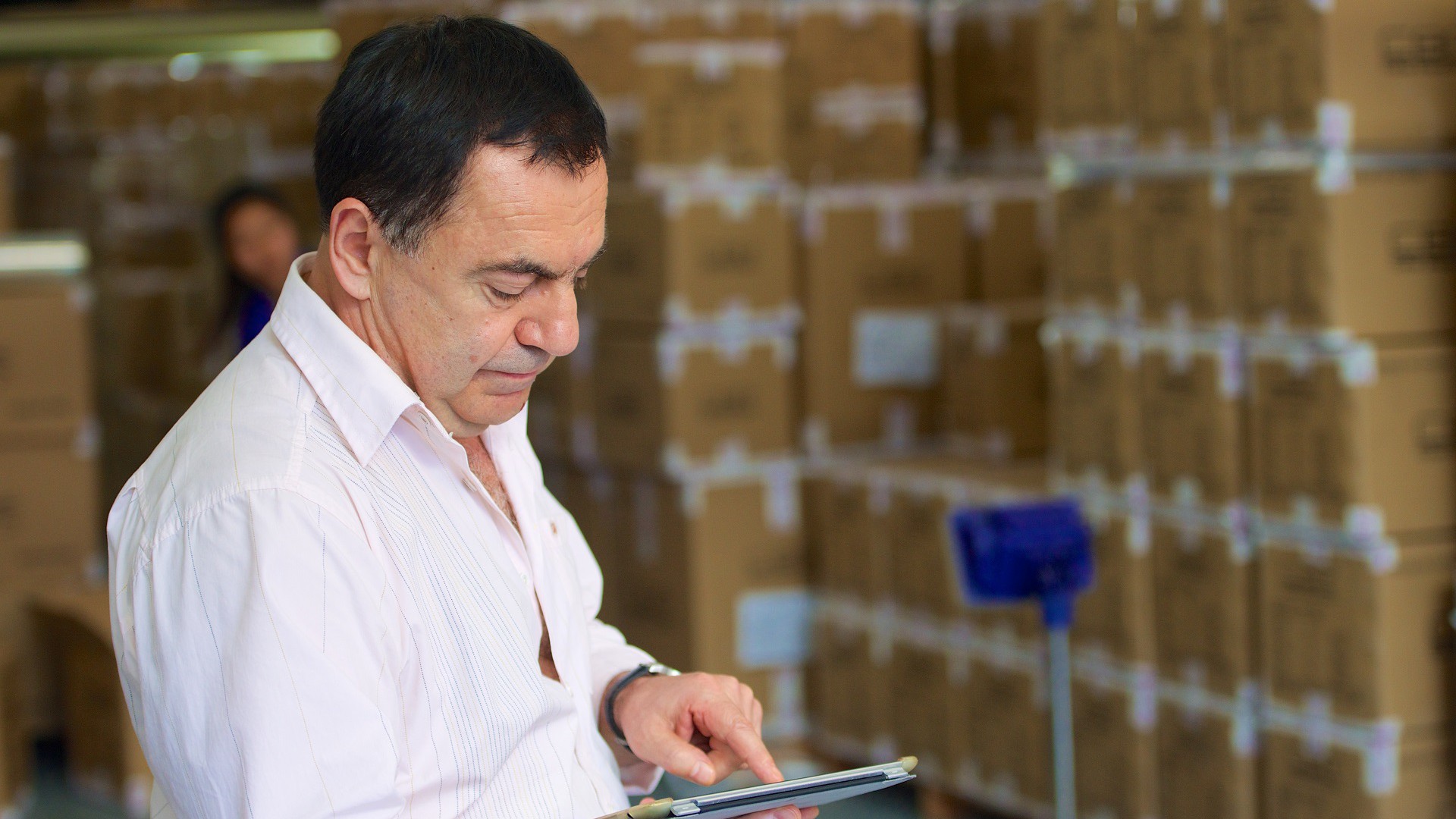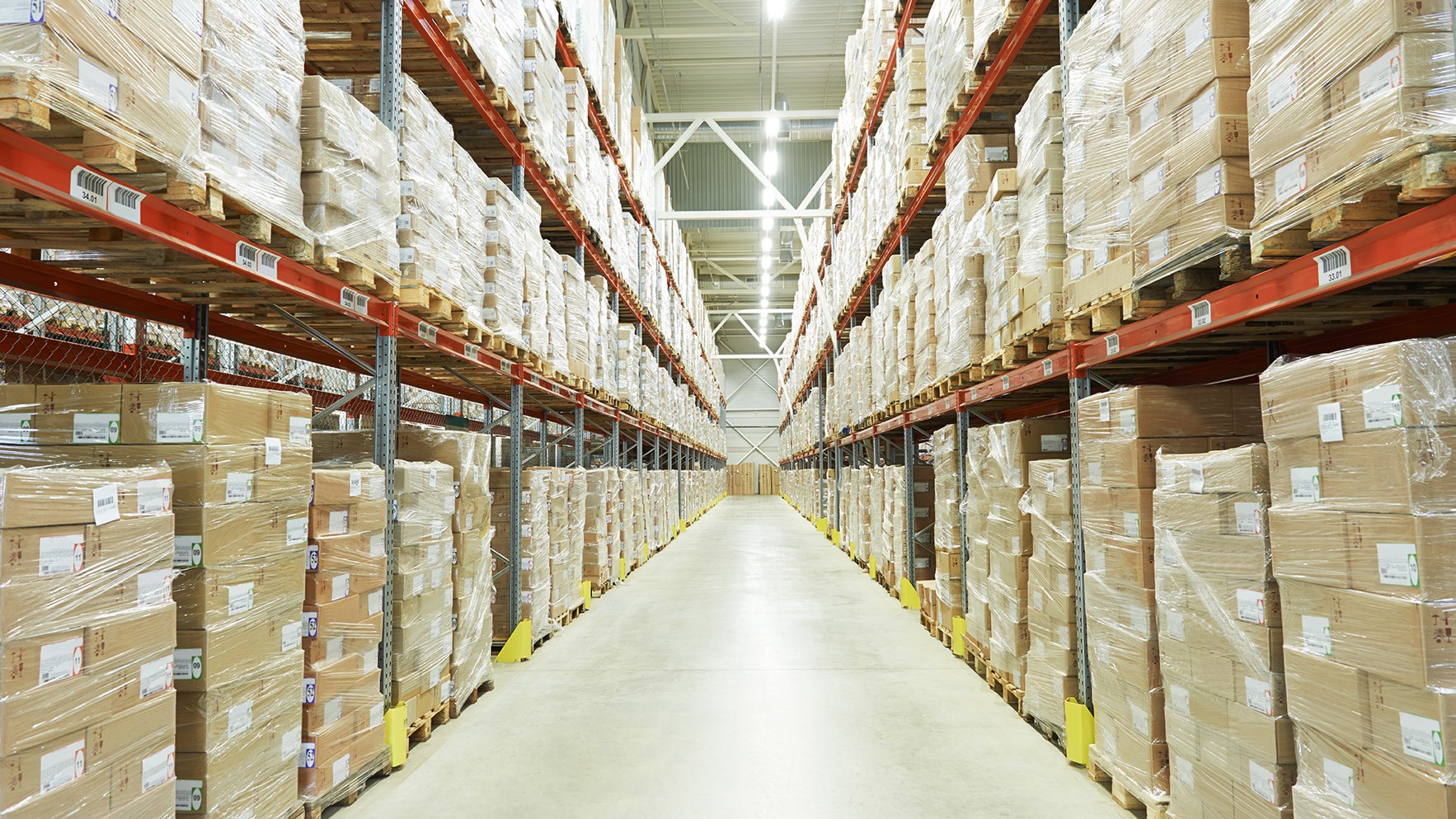You’re not imagining things if you’re seeing more and more warehouses on the side of the freeway. Shortage of valuable storage buildings is the latest challenge faced by the billion-dollar industry.
Businesses are striving to meet those challenges. Besides covering three technologies that may be the solution, we provide an overview of warehouses, the different types, and how COVID-19 contributed to the current shortage.
Overview of a Warehouse
Article Guide
Simply put, a warehouse is a building for storing goods (wares). Bulk produce or goods are stored there for commercial purposes. Most warehouses are located in industrial districts or zones such as the outskirts of cities or other urban areas.
A warehouse’s structure depends on many contexts: materials used, technologies involved, and site location. Even the company culture can influence the design. Regardless, a warehouse has to be secure, convenient, and as spacious as possible. This of course is according to the owner’s resources, site location, and contemporary building technology.
Warehouses are busy places. Operations found in most include:
- Receiving of goods
- Cross-docking (i.e., unloading) of goods
- Organizing and storing inventory
- Attaching asset tracking solutions like barcodes or RFID chips
- Use of tracking software like a warehouse management system (WMS)
- Overseeing the integration of new technology like automation
- Selecting picking routes for workers to pick and stage goods
- Establishing sorting and packing practices
- Maintaining the warehouse facility
- Developing racking designs and warehouse infrastructure
Types of warehouses include storage warehouses; distribution centers like fulfillment centers and truck terminals; retail warehouses; cold storage; overseas and railway. The layout for most typically consists of:
- Loading and unloading area
- Staging area
- Storage area
- Picking area
- Shipping area
Warehouse Shortage and Other Challenges
For 2022, the market size of the Public Storage & Warehousing industry in the US was $33.6 billion in terms of revenue, and $648.35 billion worldwide. Market share has been in a growth mode for the past five years with revenue expected to increase at a compound annual growth rate (CAGR) of 7.70 percent from 2022 through 2030.
This is a mixed blessing from a business standpoint. Demand for warehouse space ramped up during the COVID-19 pandemic and the lockdowns that followed. According to Financial Times, industrial vacancy rates dropped below 4 percent to 3.6, a historic low.
This caused one of the major challenges faced by the industry – warehouse shortage. States Craig Fuller, founder and CEO of FreightWaves, a global logistics data and analytics company: “In an efficient supply chain, you want 15 percent availability of warehouse capacity … at 3.6 percent these warehouses are operating beyond their available capacity to even function properly.”
In the past, the solution for shortages has been to simply find or build more warehouses, usually in some out-of-the-way remote location. This time, consumers’ insatiable demand for products overnight or within a couple of days – and retailers’ desire to meet it – forces retailers to compete for the few, high-priced storage facilities in cities and suburbia. Worsening the situation are construction delays as materials like valuable lumber are held up in jammed supply chains.
Other challenges include substandard picking processes, data mismanagement, and lack of quality control.
3 Technologies to Improve Warehouse Processes
Internet of Things for Warehouses
One of the ways companies are dealing with the shortage is to make warehouses more efficient through the Internet of Things (IoT). An IoT is the network of physical objects, machines, sensors, and devices that are connected to enhance operations, efficiency, management control and the overall experience. For warehouses, IoT can be used to:
- Readily identify risks in the supply chain
- Provide real-time data on weather and other conditions that may cause shipment delays
- Help companies meet chain-of-custody regulations for sensitive cargo
- Reduce damaged and lost goods, as well as equipment damage
- Determine precise location data to reduce the time it takes to locate specific inventory
- Improve WMS and forecasting accuracy
Handheld, Portable, and Mobile Device Use in Warehouses
A source of data for the above IoT are portable devices like industrial tablets, RFID scanners and barcode readers. Advantages include:
- Warehouse workers can scan barcodes on picked and packed products. This helps improve accuracy and speeds the search for products on shelves.
- Portable scanners reduce the margin of error associated with data entry. This allows warehouse managers to make better decisions about stock allocation and product demand.
- Identify problem areas in the warehouse, allowing managers to quickly detect issues such as improper machine temperatures, machine downtime, and the lack of water or other fluids. These can be resolved before they become significant.
Apply Artificial Intelligence to Warehouse Operations
IoT collects a huge amount of data from warehouses. To actually do something with it, companies are turning to artificial intelligence (AI).
AIs can sort through the collected data, find possible connections among them, analyze and solve them using human-like thinking processes. Applied to warehouse operations, this can lead to:
- Proactively predict performance of various tasks
- Handling repetitive tasks without fatigue
- Maintaining the same speed and quality of operations
Closing Comment
Warehouses are large buildings used to store raw materials or manufactured goods before they are distributed or exported to commercial businesses for sale. Challenges faced by warehouse owners range from management of those materials or goods to the recent shortage of buildings.
Contact an expert at Cybernet if you’re a warehouse owner and are interested in how industrial computers can assist in maximizing industrial space usage of your current facilities.
Join the conversation and connect with us on this and other relevant topics – Follow us Facebook, Twitter, and Linkedin.
Common Problems in the Warehouse Solvable by Industrial Tablets
January 24, 2018
Your warehouse isn't just a place to store inventory—it's a central hub for your product, and if it isn't managed properly that could sacrifice time, money, customer retention, and ultimately your business. Here are a…
0 Comments6 Minutes
How Companies are Automating the Warehouse with Industrial Tablets
October 19, 2017
Now that eCommerce has blossomed into the giant industry it is today, online retailers find automation is a more pressing need. Supply Chain Brief reports that Amazon hired over 120,000 workers one holiday season just…
0 Comments5 Minutes
Three Industries That Benefit from the Use of Industrial Computing Solutions
September 14, 2015
Computers have come to occupy a position of importance in a variety of professional settings. A gamut of tasks, from the minute to the complex, is executed by these devices. The office sector has integrated the use of…
0 Comments4 Minutes
You Can't
Learn from a Pop-up
But we can deliver knowledge to your inbox!
We dive deep in the industry looking for new trends, technology, news, and updates. We're happy to share them with you.
Knowledge, News, and Industry Updates Right in Your Inbox





